
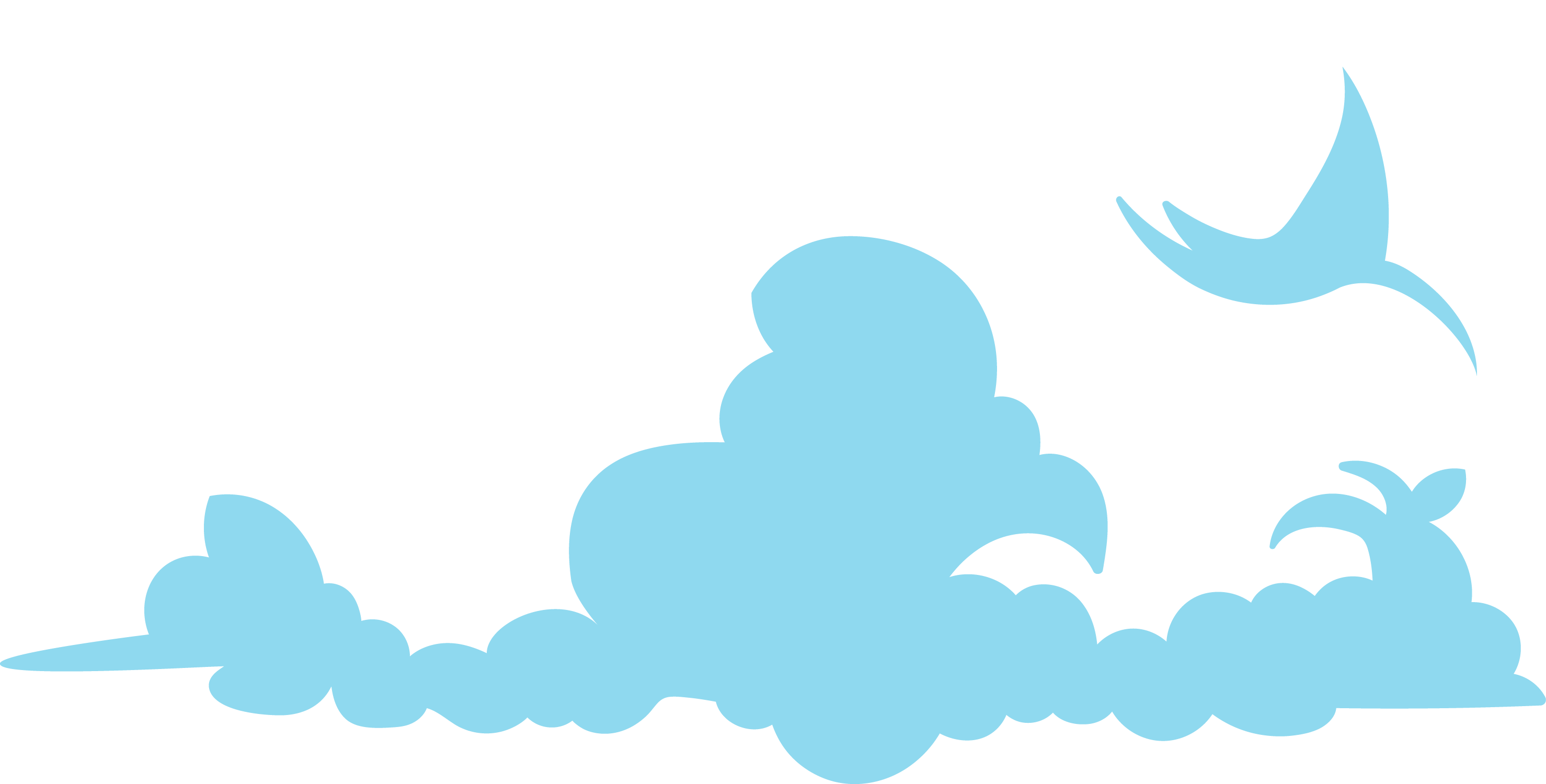
Marketing,
Gaming & some magic
Hello! I am Hannes Rasmus Feeken
Entrepreneur
Marketer
Gamer
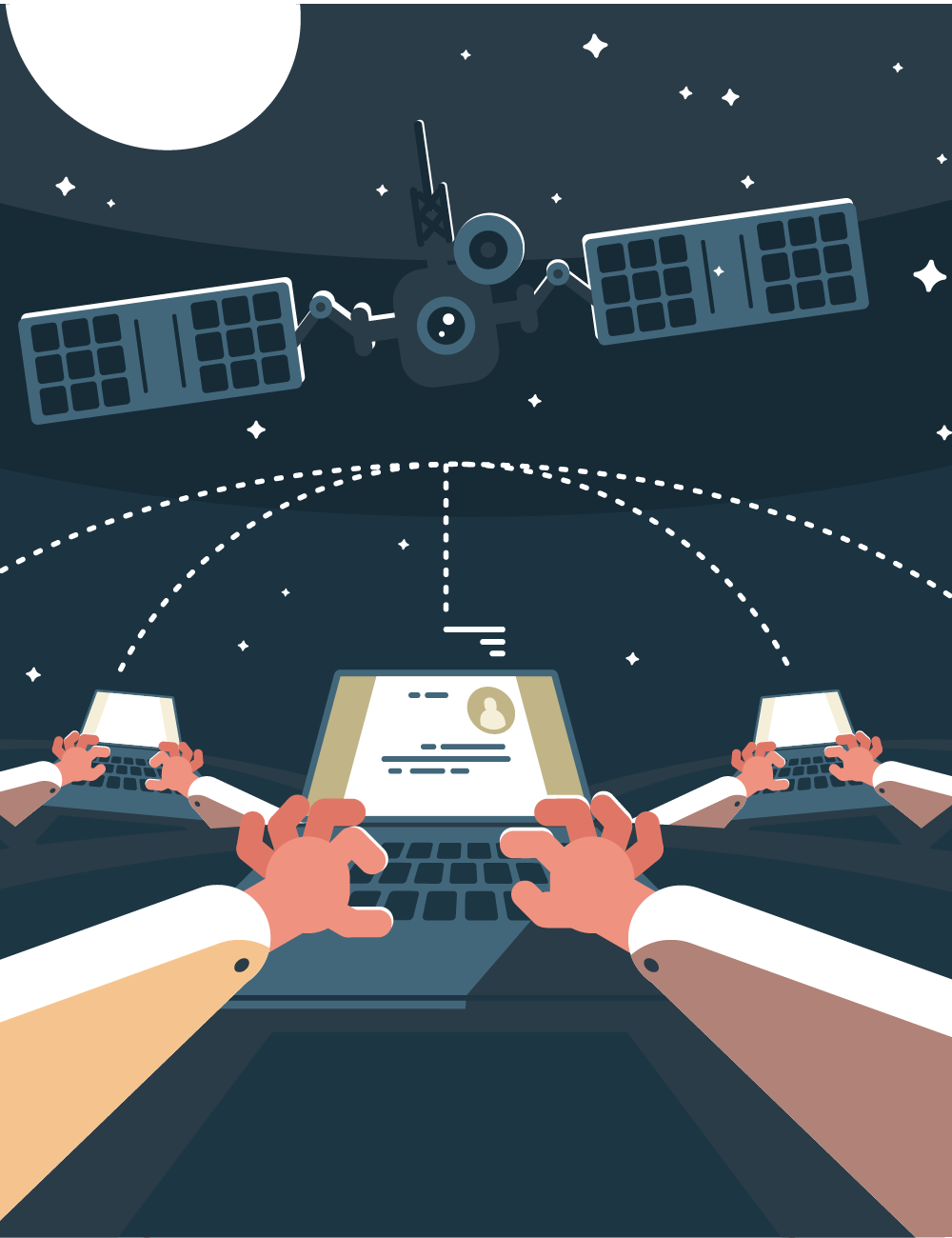
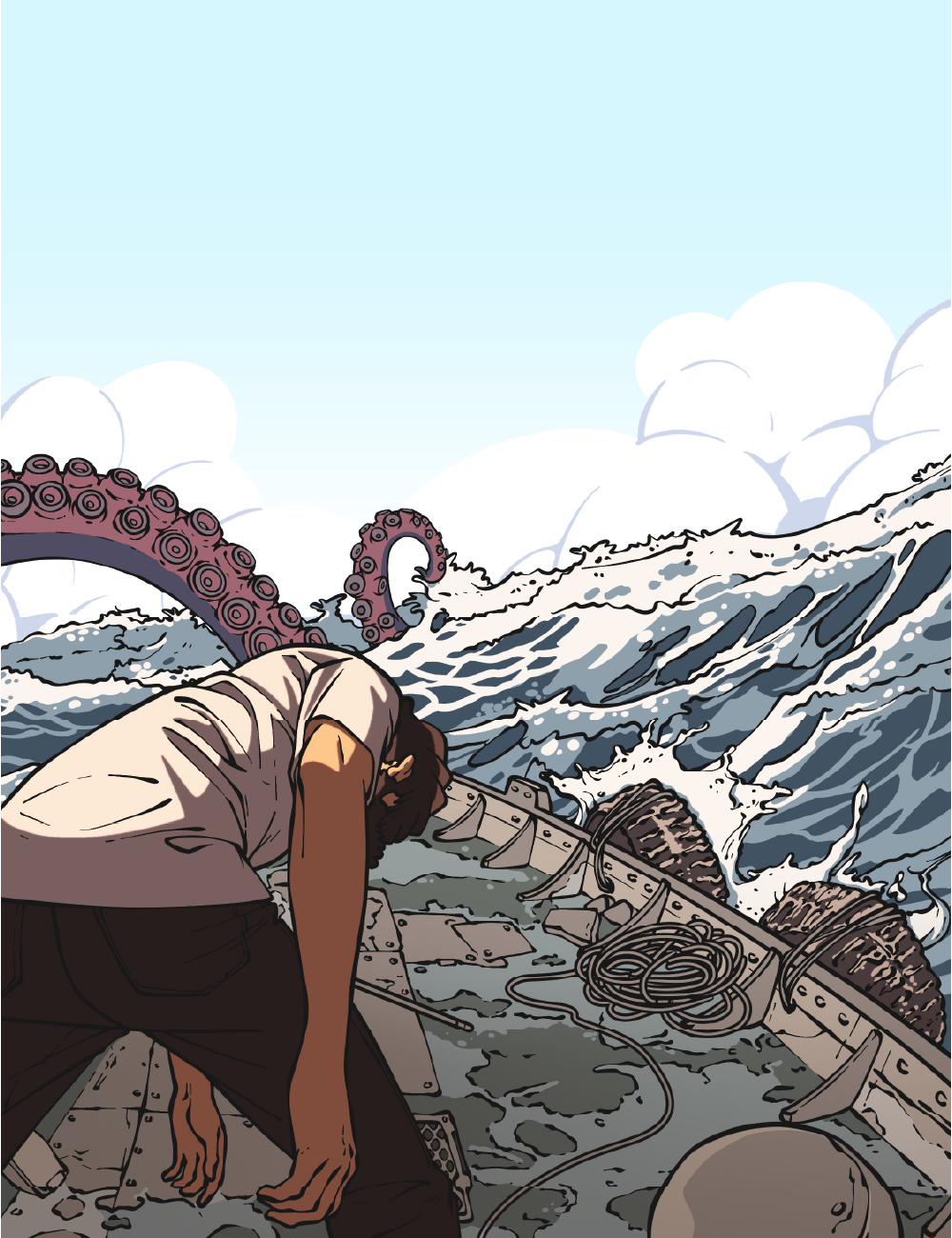
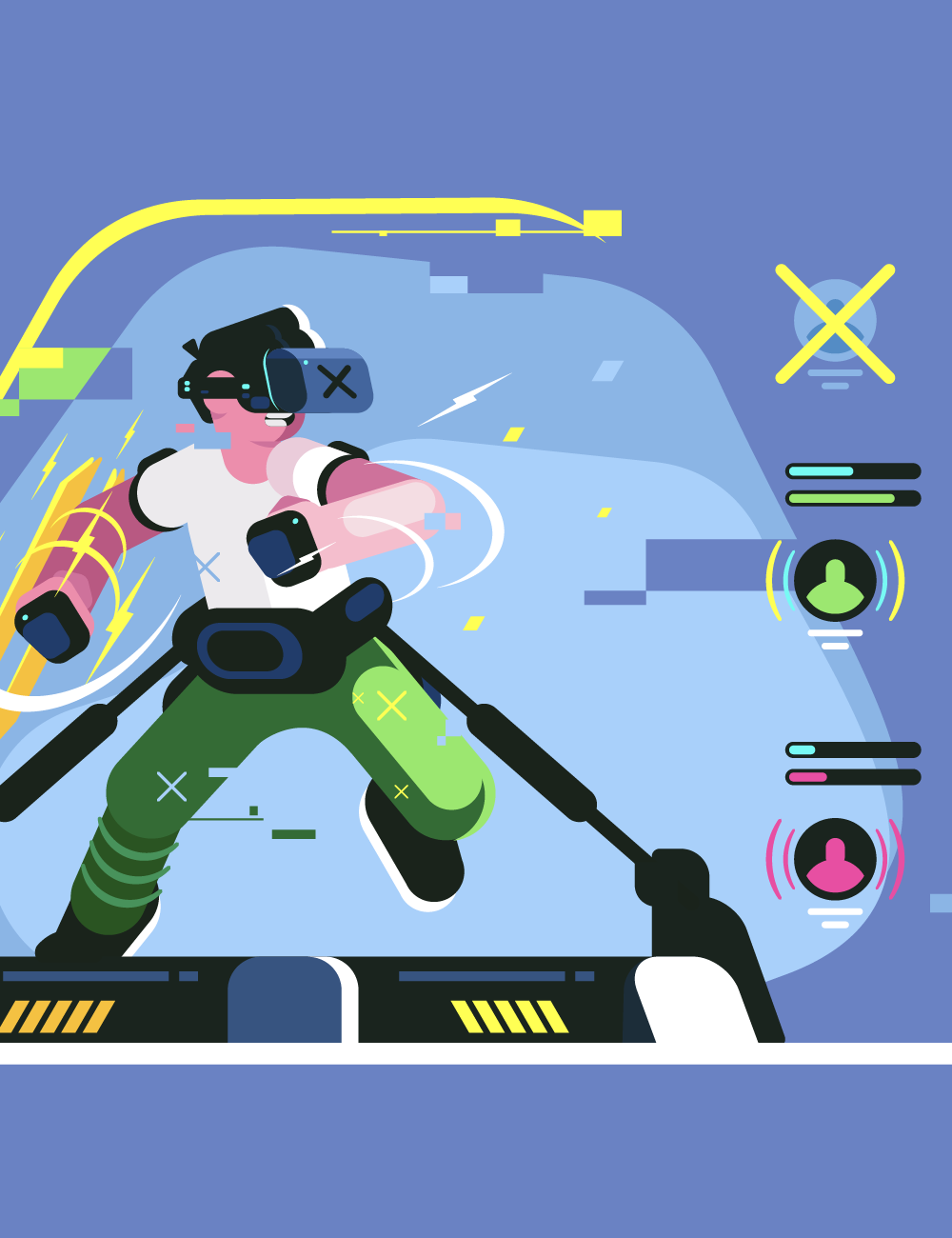
Your game isn’t gonna market itself (unless it’s some kind of sentient AI, in which case… cool?) Get ads rolling, build a hype squad, and make sure your game isn’t just another NPC in the marketplace. 🚀👾
The Indie Game Marketing Struggle
The Indie Game Marketing Struggle & The Path to Success
Lessons from Failed Game Launches: What Went Wrong?
Analyzing Indie Game Failures & How to Avoid Them
The Psychology of Game Pricing: How to Set the Perfect Price
Why some games sell like crazy at 4.99 €, while others succeed at 29.99 € – and how you can choose the right price for your game.
Crowdfunding for Indie Games: What Works and What Doesn’t?
A Deep Dive into Kickstarter, IndieGoGo & Alternative Funding Strategies
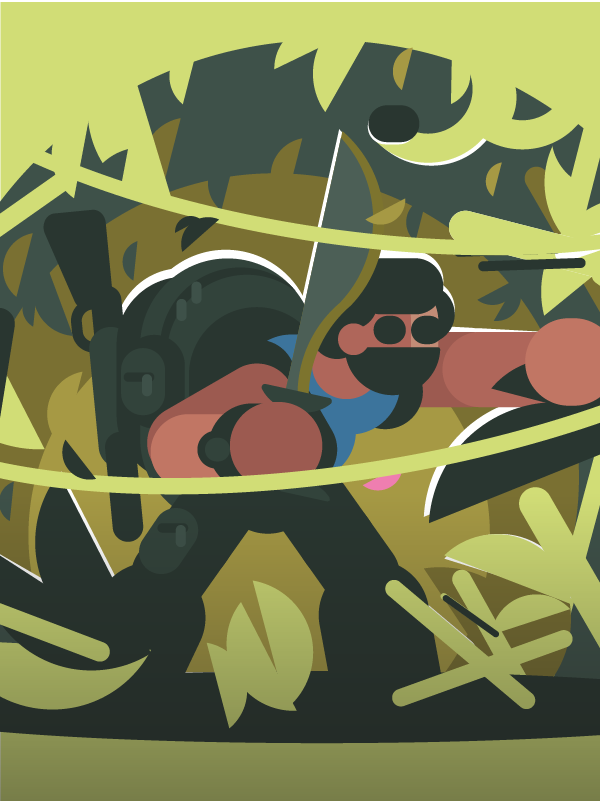
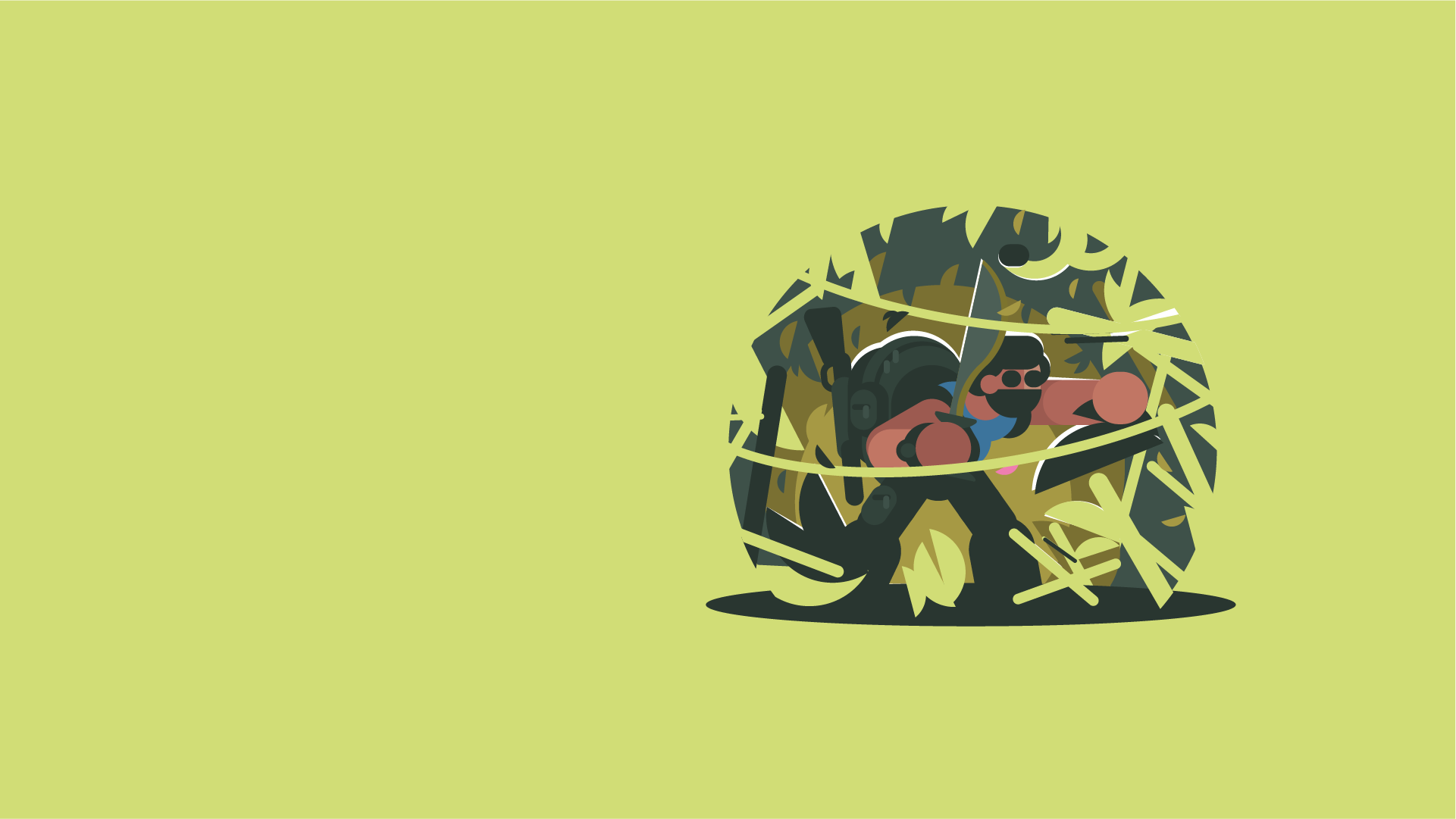
The Indie Game Marketing Struggle
Type
Blog
Date
30.05.2024
Role
Indie Game Dev
Categorie
Good to know
The indie game industry is more competitive than ever. With over 12,000 games released on Steam in 2023 alone, standing out in the crowded market is a major challenge. While AAA studios have multimillion-dollar marketing budgets, indie developers often struggle with limited resources, lack of marketing knowledge, and difficulty reaching the right audience. This case study explores the key pain points indie developers face and how effective marketing strategies can help them succeed—without breaking the bank.

The Biggest Challenges Indie Developers Face
1. Lack of Visibility in an Oversaturated Market
Indie games are often buried under thousands of new releases. Only 20% of indie games generate more than $10,000 in revenue, meaning most developers struggle to gain traction. Many rely solely on organic reach (social media, word-of-mouth, or luck) but underestimate the power of targeted marketing.
"We posted our game on Twitter, Reddit, and Discord, but no one saw it. We have no idea how to reach our audience."
2. Limited Budget for Marketing & Advertising
Most indie developers invest heavily in development but lack the budget for professional marketing. Many believe paid ads are too expensive, not realizing that even small ad campaigns can be effective if targeted correctly.
Stat: The average cost per click (CPC) for gaming ads is $0.10 to $1.50, meaning even with $5-$10 a day, indie developers can drive traffic—if spent wisely.
3. Difficulty in Finding & Engaging the Right Audience
Even if an indie game gets some exposure, converting players into paying customers is a different challenge. Many developers don't know:
▫️ Where their potential players are (Steam, TikTok, Reddit, Twitch, etc.).
▫️ How to communicate their game’s unique value.
▫️ How to build an engaged community that spreads the word.
"I spent money on ads, but they didn’t convert. I don’t even know if I was targeting the right players."
internal-struggle.webp)
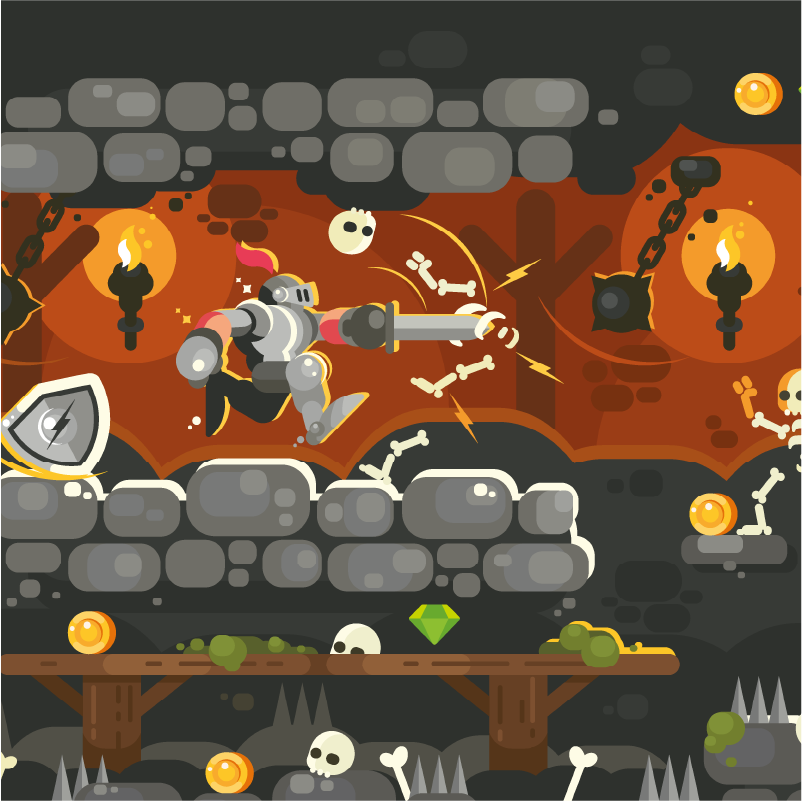
How Indie Developers Can Overcome These Challenges
While the obstacles seem overwhelming, successful indie games prove that a strategic marketing approach works even on a budget.
1. Leverage Data-Driven Marketing on Low Budgets
Instead of relying on hope marketing, smart indie developers use precise audience targeting. With platforms like Google Ads, TikTok, and Reddit, even $100-$200 in ads can generate thousands of impressions if targeted well.
🔎 Example:
A small indie studio ran a $300 TikTok ad campaign before launch, leading to 5,000 Steam wishlists at an average cost of $0.06 per wishlist.
💡 Takeaway: Even with a low budget, choosing the right platform and using data-driven targeting can lead to real results.
2.2 Building a Strong Pre-Launch Community
Before release, indie developers should focus on community growth. Indie Devs:
✔️ Engage with Reddit & Discord communities instead of spamming links.
✔️ Use TikTok & YouTube Shorts to show game development progress.
✔️ Leverage influencers & micro-streamers to showcase their game.
🔎 Example:
"Dave the Diver," an indie game from a small Korean studio, gained massive traction through organic word-of-mouth marketing and Twitch exposure, leading to over 1 million copies sold (Source: SteamCharts).
💡 Takeaway: Community marketing is free—but it requires consistency and engagement.
2.3 Testing & Iterating Small Ad Campaigns
Instead of going all-in on one strategy, test multiple small campaigns to see what works.
✔️ Run a $50 test campaign on TikTok to see engagement rates.
✔️ Compare Steam ad performance vs. Facebook vs. Google.
✔️ Use analytics to optimize marketing spend.
🔎 Example:
A developer spent $100 on Reddit Ads targeting r/gaming and r/pcgaming. The result? 2,000 visits to their Steam page and a 4% conversion rate. With this insight, they doubled down on Reddit ads and hit 10,000 wishlists pre-launch.
💡 Takeaway: Test small, scale what works.
internal-struggle.webp)
Marketing Can Be Affordable & Effective
Many indie developers believe that marketing is expensive or not worth it - but data proves that even small efforts can lead to success.
A $200 well-targeted ad budget can drive thousands of wishlists.
Community engagement on Discord & Reddit can build strong word-of-mouth.
Smart use of TikTok & influencer partnerships can generate hype for free.
🚀 Indie developers don’t need a massive budget to market their games. They need the right strategy.
🔎 Want help with game marketing? Learn how to market your game effectively.
📩 Let’s chat and build a strategy for your game!.
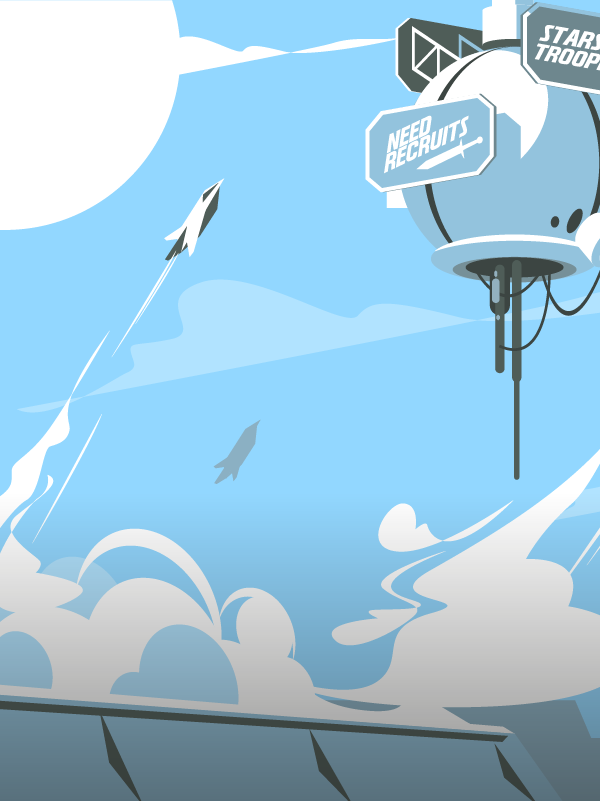
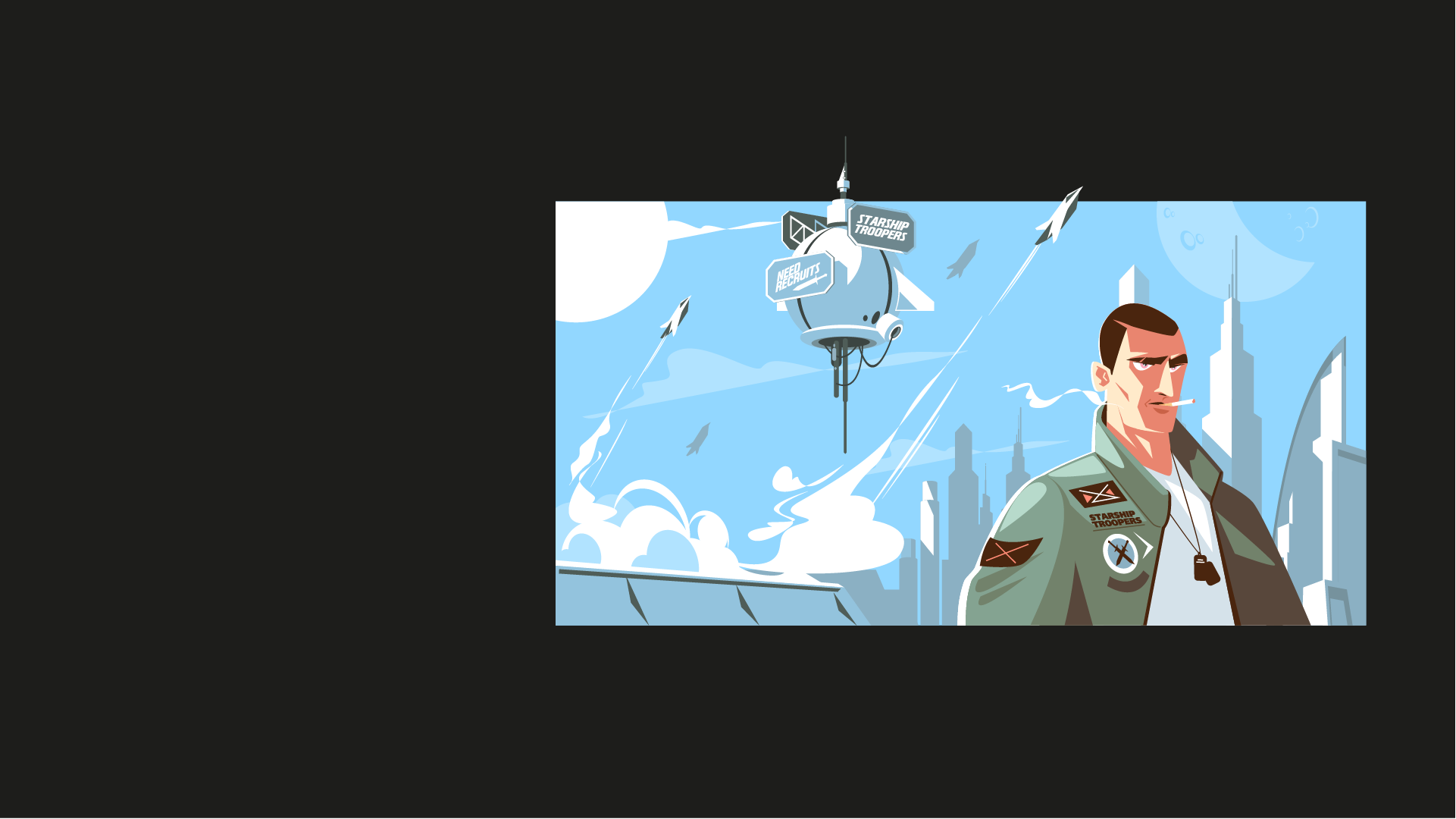
Lessons from Failed Game Launches:
What Went Wrong?
Type
Case Study
Date
23.01.2025
Role
Game Launching
Categorie
Good to know
Indie game development is a passion-driven industry, but the reality is that most indie games struggle to find success. According to a report by GameDiscoverCo, over 80% of indie games on Steam fail to reach 10,000 copies sold. While some titles break through and become hits, others disappear into obscurity, leaving developers wondering what went wrong.
But failure isn’t random. There are common mistakes that have doomed even the most promising indie games. Whether it’s poor marketing, unrealistic promises, or bad pricing decisions. In this case study, we’ll explore real-world examples of failed indie game launches, analyze their mistakes, and, most importantly, learn how developers can avoid making them.

The Curse of Overhyping – Mighty No. 9
Mighty No. 9 was one of the most highly anticipated Kickstarter-funded games of all time. Developed by Keiji Inafune, the legendary mind behind Mega Man, the game raised a staggering $3.8 million on Kickstarter, with backers expecting a true revival of the classic run-and-gun platformer. However, the launch was a disaster.
The first problem was the excessive hype. The developers positioned Mighty No. 9 as the “next Mega Man,” setting expectations sky-high. But as development dragged on, the game suffered multiple delays, frustrating backers who had already waited years. When the final product finally arrived, it looked noticeably worse than the promotional trailers and had several technical issues. The disappointment was so great that it even led to negative memes circulating online, further damaging the game’s reputation.
The key takeaway here is clear: never overpromise and underdeliver. While marketing and crowdfunding campaigns thrive on excitement, setting unrealistic expectations can backfire badly. If an indie studio is promoting a game, it’s crucial to ensure that what they’re showing is a realistic representation of the final product. Overhyping may generate initial buzz, but failing to meet those expectations can result in irreparable damage.
No One Knew It Existed – Titan Souls
Titan Souls was an indie boss-rush game with stunning pixel art and tight gameplay mechanics. Critics praised it, yet despite the positive reception, sales were disappointing at launch. The biggest reason? Lack of visibility.
The developers had created a great game but failed to generate enough hype before launch. There was no long-term community-building effort, no sustained social media presence, and very little anticipation outside of a niche audience. As a result, the game was released into the market with minimal awareness, meaning even players who might have loved it never got the chance to discover it.
This failure highlights an important lesson: great games don’t sell themselves. Many indie developers believe that if they make a good enough game, players will naturally find it. But in reality, visibility is everything. Without an active marketing strategy, a game can easily go unnoticed regardless of its quality.
To prevent this, developers should start marketing at least 6-12 months before release. Engaging with Reddit communities, Discord groups, Steam forums, and social media platforms like TikTok and Twitter can help build an audience early on. Developers should also encourage players to add the game to their Steam wishlist, as this is a crucial factor in Steam’s discovery algorithm. Simply put, the more people know about a game before launch, the higher its chances of success.
Priced to Fail – LawBreakers
Pricing is one of the most overlooked aspects of launching a game, yet it can make or break a title’s success. LawBreakers, a competitive multiplayer FPS developed by Cliff Bleszinski, serves as a cautionary tale. Despite solid gameplay and positive reviews, the game failed spectacularly. One of the key reasons? Its pricing model didn’t match market expectations.
At the time, free-to-play (F2P) games like Fortnite and Warframe were dominating the multiplayer shooter space. Instead of adapting to the market trend, LawBreakers launched with a $29.99 price tag. While that may not seem unreasonable, it created a huge barrier to entry for players. Multiplayer games thrive on large, active communities, and by charging upfront, LawBreakers immediately limited its player base. As a result, the game struggled to gain traction, leading to empty servers and, eventually, a complete shutdown.
The lesson here is clear: pricing matters more than you think. When setting a price, developers need to analyze both player expectations and industry trends. In LawBreakers’ case, switching to a free-to-play model early on might have saved it. For indie games, the key is to find the sweet spot between affordability and perceived value—whether that means going premium, F2P with in-game purchases, or a hybrid model.
internal-launch.webp)
internal-launch.webp)
Priced to Fail – LawBreakers
While the examples above show what can go wrong, they also highlight what indie developers should do to increase their chances of success. Here are the most important takeaways:
1️⃣ Start marketing early. A game without an audience before launch is already in trouble. Build hype months in advance through Steam wishlists, Reddit, Discord, and social media.
2️⃣ Avoid overpromising. Only show what’s real. The more transparent the development process, the better the player trust.
3️⃣ Choose the right pricing model. Pricing is a marketing decision—make sure it aligns with industry trends and player expectations.
4️⃣ Invest in visibility. Whether through ads, influencer marketing, or organic social media, indie games need exposure to survive.
5️⃣ Engage with players. A dedicated community can make or break an indie game. Developers should actively respond to feedback and create content that keeps their audience engaged.
Conclusion: Failure Isn’t the End—Learning & Adapting Is Key
Even successful studios have failed launches, but the best developers learn from these mistakes and adapt. The indie gaming landscape is competitive, but understanding the pitfalls of past failures gives new developers a much better chance at success.
🚀 Indie developers don’t need million-dollar budgets to launch successfully, but they do need a well-thought-out strategy. From pre-launch marketing to pricing and community-building, every decision impacts a game’s potential.
For those who want expert guidance, we offer affordable game marketing consulting—helping indie devs avoid costly mistakes and maximize their game’s reach.
📩 Want to launch your game the right way? Let’s chat and build your custom marketing strategy!
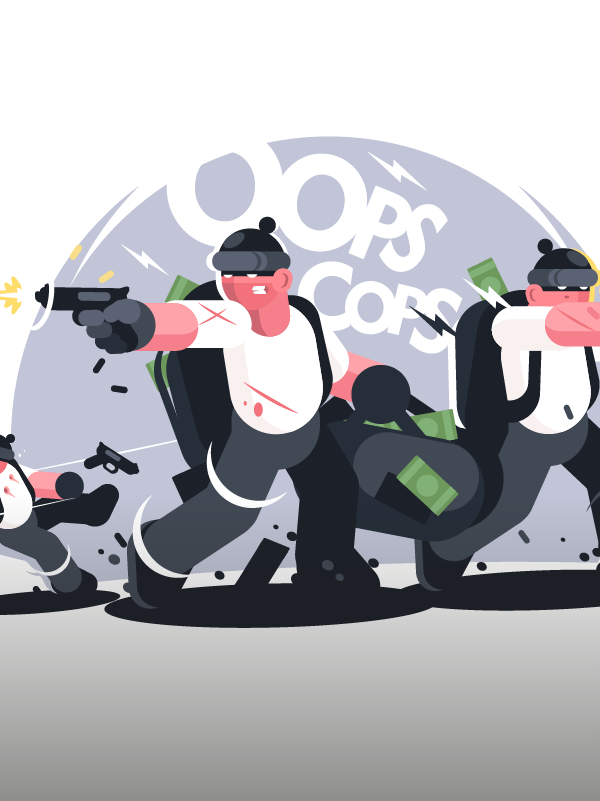
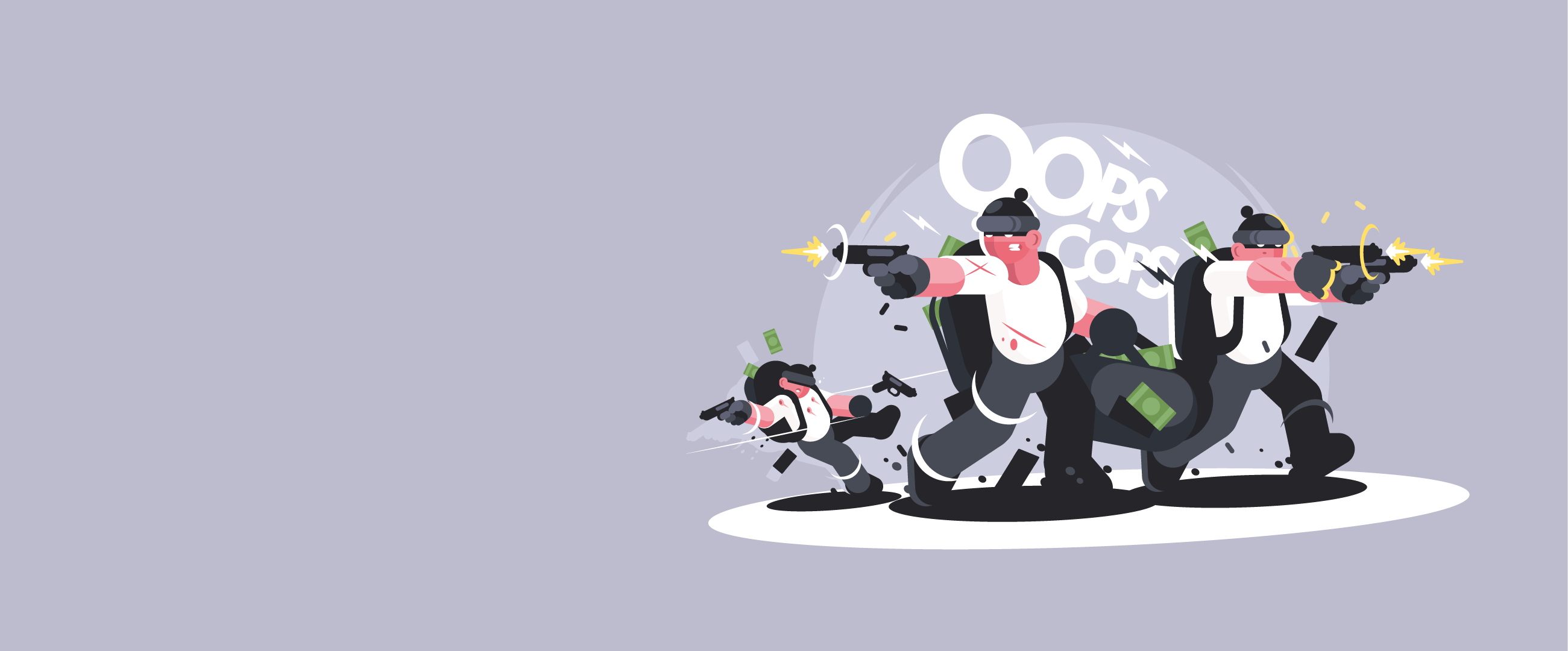
How to Set the Perfect Price
Type
Case Study
Date
16.07.2024
Role
Pricing
Categorie
Good to know
Many indie developers spend years crafting their game, but when it comes to pricing, they pick a number that feels right — often without any strategic reasoning. Some set the price low out of fear that “nobody will pay more,” others go high to signal premium quality. But game pricing isn’t about gut feeling — it’s about psychology, market positioning, and perceived value.
In this case study, we’ll explore how pricing influences player behavior, look at real-world examples, and help you understand how to set a price that not only reflects your game’s value but also maximizes revenue and conversions.!
internal-monetization.webp)
The challenge
Perceived Value: Why a higher price can sometimes sell better?
Let’s start with a simple truth: players don’t buy based on how much time you spent developing. They buy based on how much value they perceive.
▫️ A 4.99 € game might be seen as “casual, small, mobile-style fun.”
▫️ A 29.99 € game might be perceived as “polished, deep, premium experience.”
Even if your 4.99 € game is technically amazing, the price alone shapes the expectation. That’s why some indie developers succeed with higher prices — because they’ve built a game and brand that looks and feels worth it.
🔎 Example: Celeste launched at ~20 €, and was seen as a polished indie title with emotional storytelling and replay value. The price helped reinforce its quality perception — and players were happy to pay for it.
💡 Lesson: A low price doesn’t automatically mean more sales. Sometimes, it just tells people: “this is a small game.”
Principles
Anchoring: How players compare prices subconsciously
Anchoring is a psychological pricing principle: people evaluate a price based on comparison, not logic.
When a player sees your game next to other titles, for example on Steam, they subconsciously compare it:
“This looks like that 29 € game I played last month — but it’s only 19 €? Nice!”,
“This one is only 6 €, probably some mobile-quality stuff.”
Your price becomes part of your positioning. Not just a number, but a statement. It signals genre, quality, length, even emotional tone.
🔎 Example: When Hades launched in Early Access at ~20 €, the price was seen as a bargain for the amount of content. Later, when it went full release at 25-30 €, players didn’t mind. They had already anchored it as “high-value.”
💡 Lesson: Don’t price your game based on your dev budget. Price it based on what players expect from similar games in your category.
Low Price = High Risk (for developers)
It’s tempting to price low and hope for mass volume. But this only works in rare cases where your marketing reach is huge.
A 4.99 € price point requires a lot of buyers to break even, and the lower the price, the harder it becomes to justify big ad spend or influencer marketing. Additionally, players treat low-priced games with less commitment — resulting in lower retention and word-of-mouth.
🔎 Example: Many games on Steam at 3-5 € suffer from “impulse-buy syndrome”: Players buy it, never play it, and never tell anyone about it. You get the sale, but no long-term traction.
💡 Lesson: Unless you have a viral marketing engine, low pricing can work against you.
Psychological Sweet Spots: Pricing that feels “just right”
There are well-known “psychological thresholds” in pricing that influence player decisions:
▫️ Under 10 € → impulse buys, casual games
▫️ 15–20 € → common for polished indie games
▫️ 25–30 € → premium positioning, niche audience, high expectations
▫️ Above 30 € → often requires strong brand, long playtime, or a loyal following
💡 A game priced at 14.99 € feels dramatically cheaper than 15.99 € — even though it’s just one euro.
These “just under” price points (e.g., 9.99 €, 14.99 €, 24.99 €) are psychological comfort zones for buyers and should be considered in your pricing strategy.
Strategy
Discount Strategy: Pricing is also about timing
Steam players expect discounts. Smart developers use this behavior to their advantage:
✔️ Launch at 19.99 €, offer 10% off during launch week
✔️ Run a 30% discount during seasonal sales
✔️ Use discounts to create urgency and visibility boosts
🔎 Example: Many successful indies launch at a higher price, knowing they’ll drive sales later through clever discounting, while still anchoring the game at a premium value.
💡 Lesson: A strong pricing strategy also includes your discount roadmap — not just your base price.
internal-monetization.webp)
Conclusion
Pricing is part of your marketing, not an afterthought
Choosing a price for your game is not just a business decision - it’s a communication tool. It tells players what kind of experience they can expect. It positions your game in their mental bookshelf.
Whether you price your game at 4.99 € or 29.99 €, make sure it aligns with:
✅ The value you offer
✅ The expectations of your audience
✅ The market standard of your genre
And most importantly: don’t be afraid to charge what your game is worth.



Crowdfunding for Indie Games: What Works and What Doesn’t?
Type
Case Study
Date
22.08.2024
Role
Monetization and Crowdfunding
Categorie
Good to know
Crowdfunding has been a game-changer for indie developers, offering a way to fund projects without relying on publishers. Platforms like Kickstarter and IndieGoGo have helped bring games like Hollow Knight, Shovel Knight, and Divinity: Original Sin 2 to life. But for every success story, there are dozens of failed campaigns, leaving developers wondering: What went wrong?
The reality is that crowdfunding is not free money—it’s a marketing campaign, a trust exercise, and a community-building effort all rolled into one. In this case study, we’ll break down successful and failed crowdfunding attempts, analyze why some campaigns work while others flop, and provide actionable insights to help indie devs maximize their funding potential.
internal-crowdfunding.webp)
Case Studies
Case Study 1:
"The Perfect Campaign" – Hollow Knight
When Hollow Knight launched its Kickstarter campaign in 2014, it only asked for $35,000. The game ended up raising over $57,000, far exceeding expectations.
So, what made it work?
▫️ Engaged Fanbase Before Launch – The developers at Team Cherry actively engaged on forums & social media months in advance.
▫️ Strong Visual Identity – The game had a clear art style and aesthetic that was immediately appealing.
▫️ A Great Trailer with Real Gameplay – Their Kickstarter video wasn’t just concepts—it showed working mechanics, characters, and atmosphere.
▫️ Smart Stretch Goals – They added free expansions instead of bloated rewards, keeping development realistic.
📢 Lesson Learned:
If your audience doesn’t exist before the campaign, your funding won’t happen. Market your game months in advance.
Case Study 2:
"The Big Gamble That Paid Off" - Divinity: Original Sin 2
Larian Studios already had a fanbase, but they still used Kickstarter to raise $2 million for Divinity: Original Sin 2. Unlike many indie games, Larian didn’t actually need Kickstarter money - they used it as a marketing and community tool.
▫️ Fans Felt Involved in the Process – Larian actively engaged backers, taking their feedback into account.
▫️ Backers Received Exclusive Perks – Custom NPCs, game items, and involvement in the story-building process made people feel valued.
▫️ The Kickstarter Acted as a PR Move – The massive funding goal made headlines, boosting pre-orders and overall interest in the game.
📢 Lesson Learned:
Kickstarter isn’t just for funding - it’s a marketing tool that can generate hype & attract press attention.
Case Study 3:
"The Overpromised Disaster" – Unsung Story
Unsung Story was a Kickstarter project led by Yasumi Matsuno, the legendary designer behind Final Fantasy Tactics. Expectations were sky-high, and the campaign raised over $660,000 - but it quickly became a disaster.
▫️ No Real Gameplay Footage – The campaign relied entirely on concept art and vague promises, with no working prototype.
▫️ Mismanagement of Funds – The development team ran out of money, leaving backers without updates for months.
▫️ Backer Trust Was Lost – The project was eventually handed off to another company, who had to rebuild trust from scratch.
📢 Lesson Learned:
People aren’t just funding an idea; they’re funding a team they trust. Transparency and showing real gameplay are crucial.
internal-crowdfunding.webp)
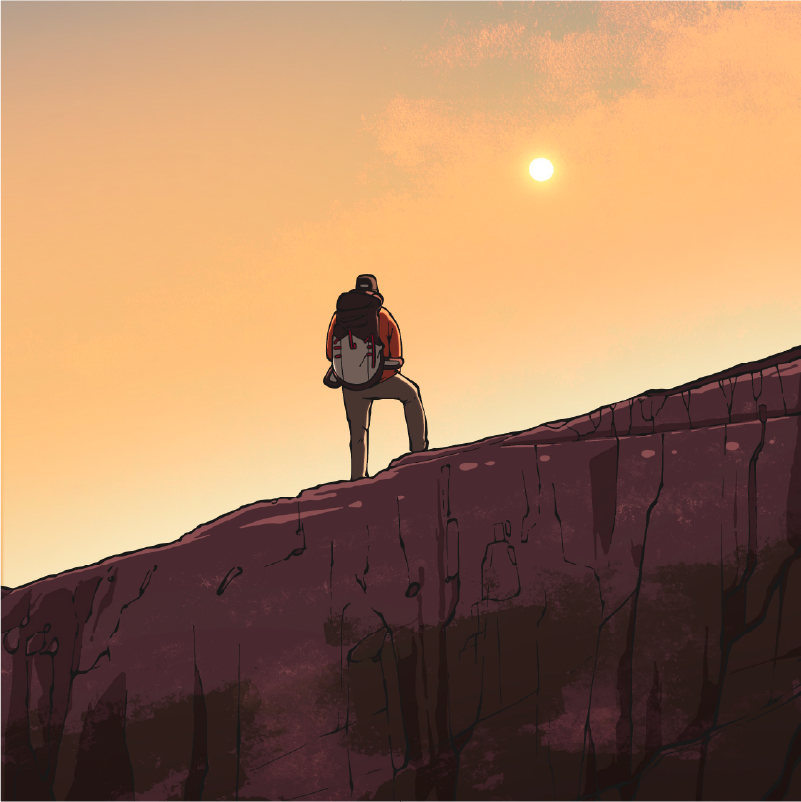
My solution
How to Avoid a Crowdfunding Failure – Key Takeaways
💡 1. Build Your Community BEFORE Launch – Engage with Reddit, Discord, Twitter & YouTube to attract fans before your campaign starts.
💡 2. Show Real Gameplay, Not Just Ideas – Backers need proof that the game is real. Even an early prototype is better than nothing.
💡 3. Make Your Backer Rewards Realistic – Avoid physical rewards that eat into your budget. Instead, focus on in-game perks, beta access, or creative stretch goals.
💡 4. Keep Communication Open & Honest – Frequent updates build trust. Backers need to see progress—even if it’s slow.
💡 5. Treat Kickstarter as a Marketing Tool, Not Just Funding – A campaign can boost visibility and media attention. Even if you don’t “need” the money, it’s a great PR opportunity.
How to Avoid a Crowdfunding Failure – Key Takeaways
Kickstarter and other platforms offer huge opportunities, but they require careful planning, marketing, and trust-building. Many failed campaigns come down to a lack of transparency, overpromising, or failing to engage with potential backers before launch.
📩 Let’s chat and create a winning strategy for your game!
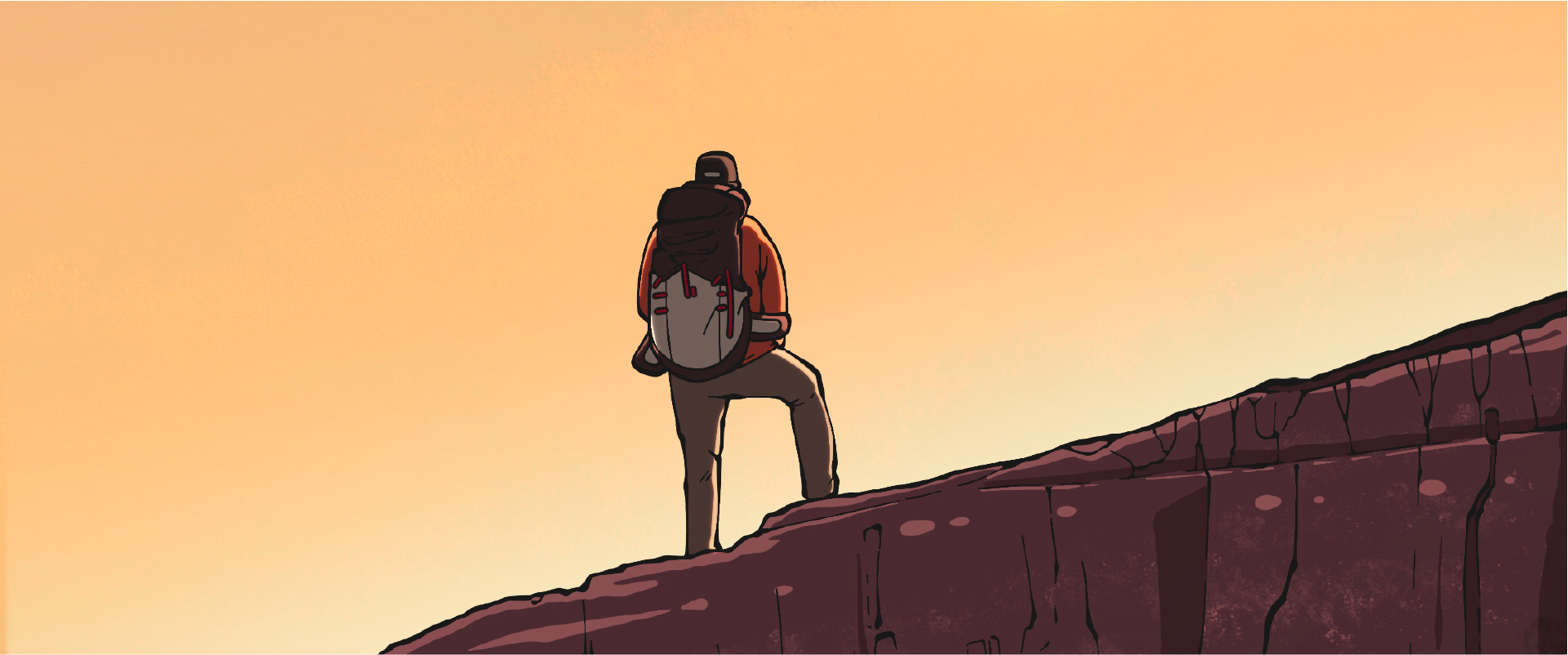
Approach and
philosophy
Your game deserves more than just crickets and your mom’s thumbs-up.🔥 With laser-sharp targeting and ads that actually work, we’ll make sure the right players see it, love it, and maybe even tattoo the logo on their arm (okay, no promises on that last part) 🎯
32+
Happy clients
2+
Years of experience
50+
Projects done
Creating
impactful projects
Full-Service Management
(a.k.a. ‘I’ll Handle It’ Mode)
Campaigns, trailers, ads, community – all running while you’re still debugging that one annoying NPC. I’m like your marketing party member – high stats, low drama.
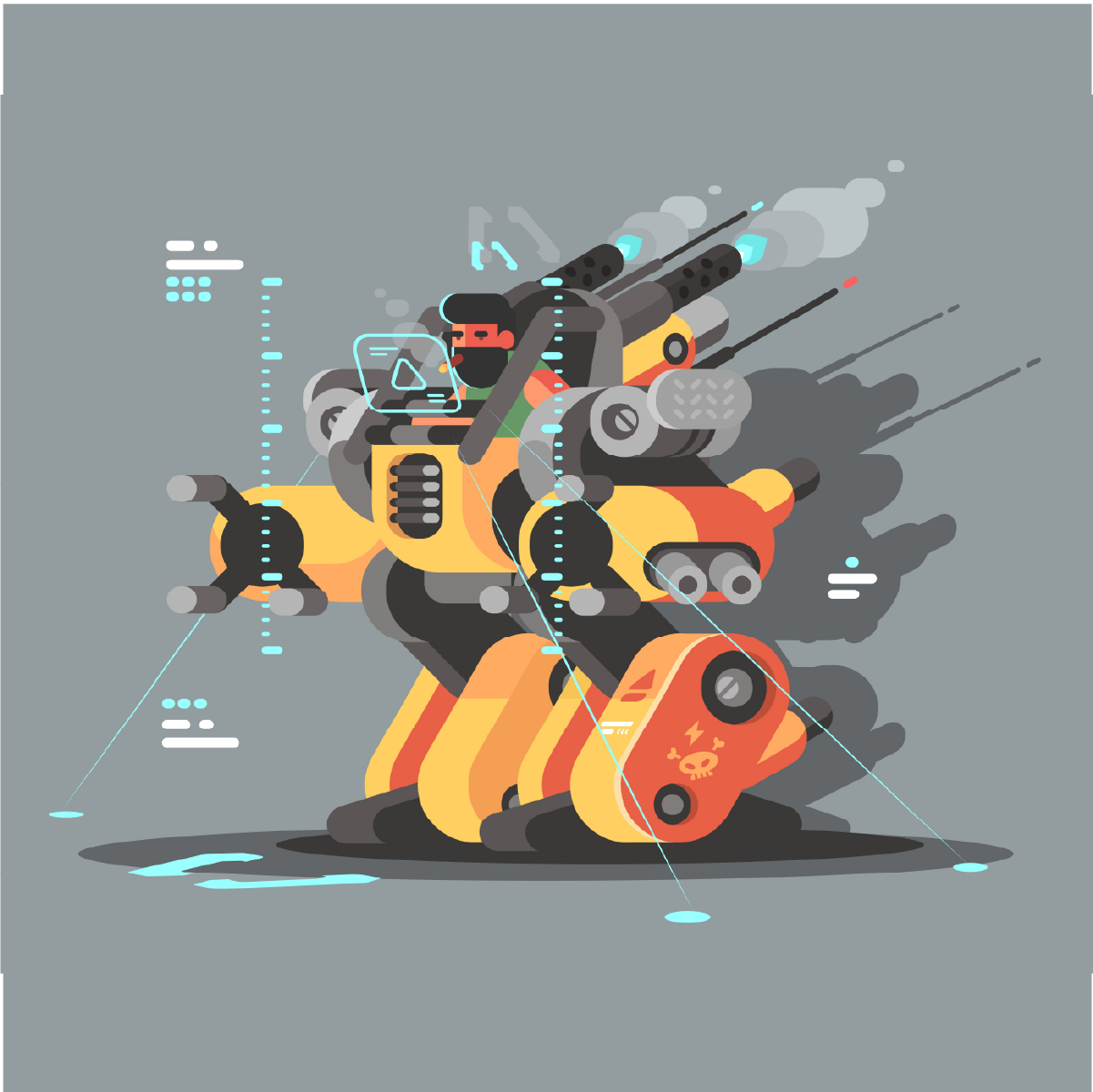
Marketing Coaching
(a.k.a. The ‘Teach Me Senpai’ Plan)
You’re building a cool game. We’ll show you how to make people actually notice it – 1-on-1, hands-on, no marketing PhD required.
Yes, this is actual coaching. No motivational posters involved.
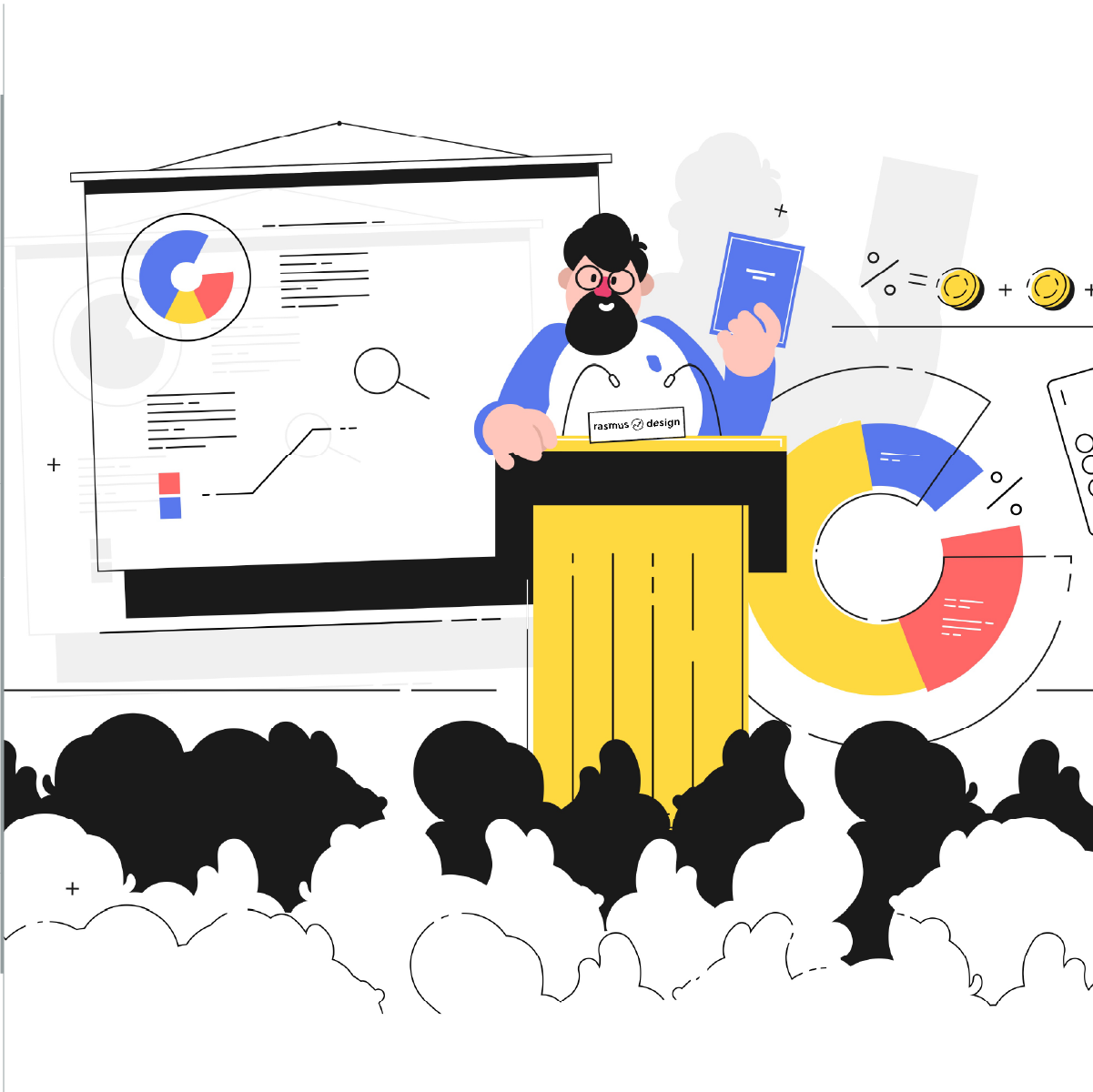
Game Identity
(a.k.a. The ‘How to get views without OF thing’ Plan)
Together we craft your game’s vibe: tone, visuals, personality – the whole branding shebang. Think less corporate brochure, more “Whoa, this looks awesome!”
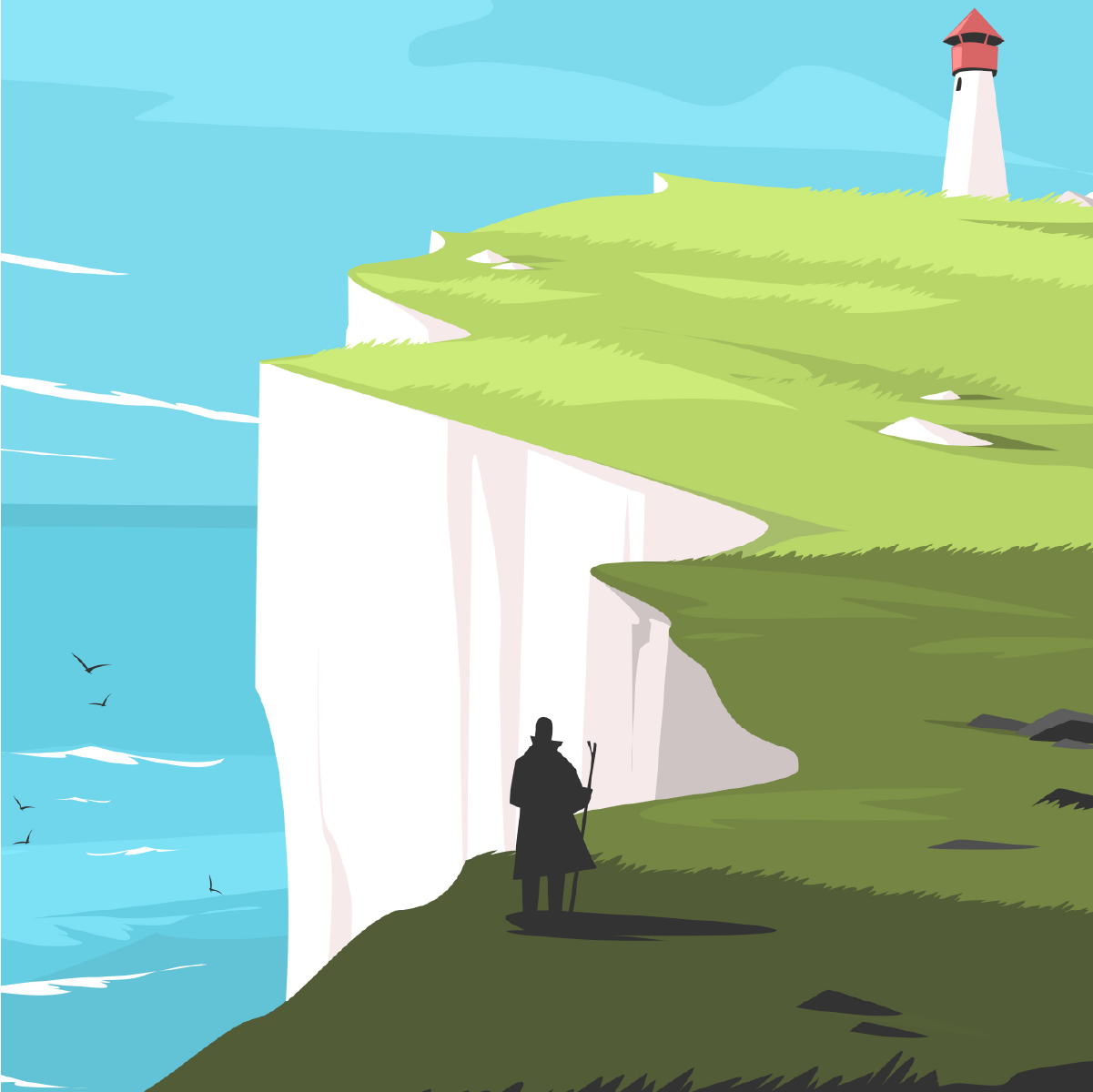
"Paid Ads
(a.k.a. The Click Magnet Pack)
I run ads across TikTok, Reddit, Twitch & co. that don’t make players groan. Smart targeting, spicy creatives, zero cringe. "Yes, actual players will see your game. Shocking, I know."

My favourite tools
Google Analytics
Google Ads
YouTube
Meta
Steam
Twitch
X
Just say hello!
Want to know more about me, tell me about your project, game or just to say hello? Drop me a line and I'll get back as soon as possible.
Done!
Thanks for your message. I'll get back as soon as possible.